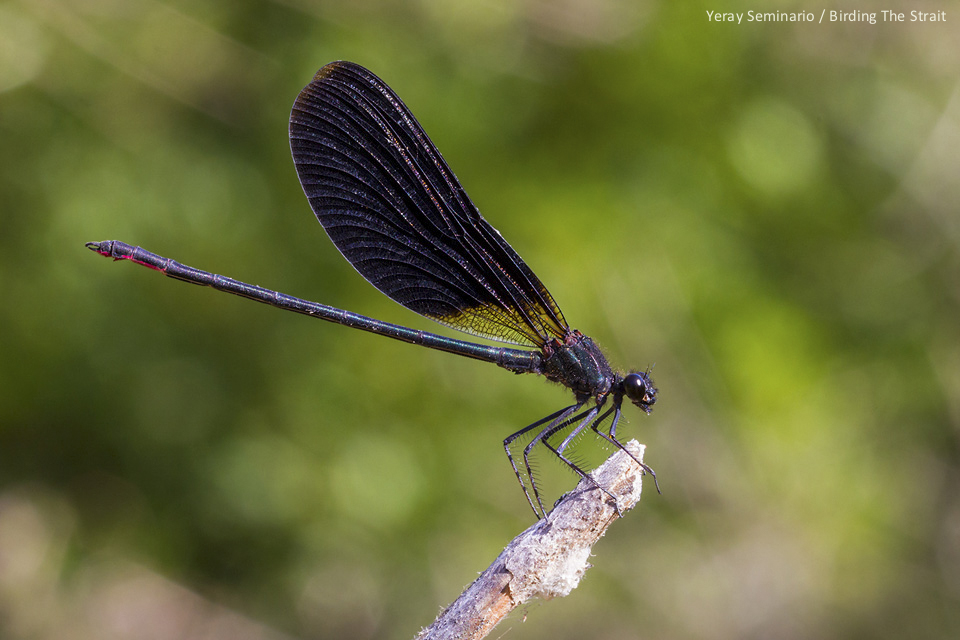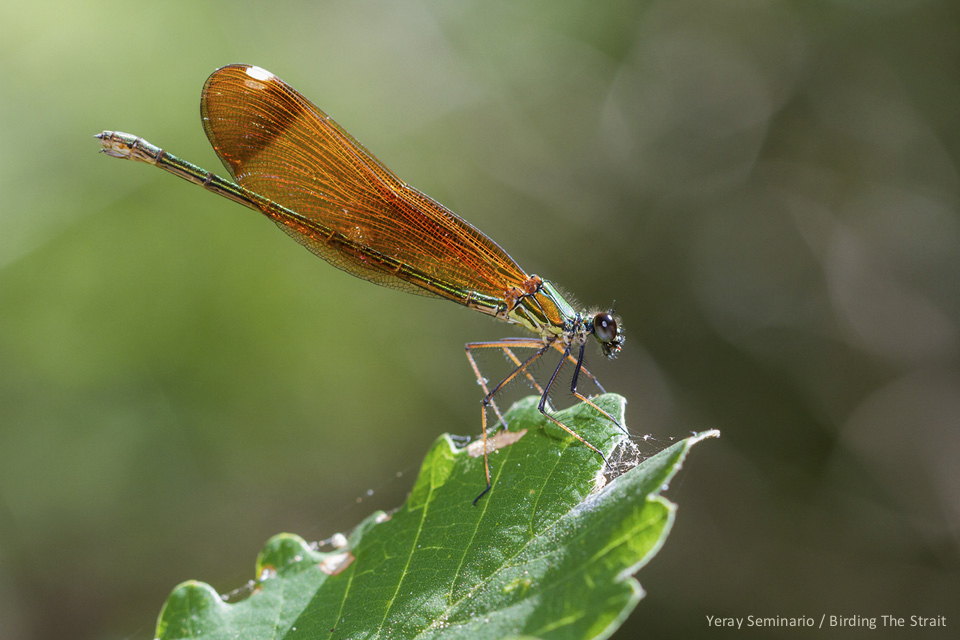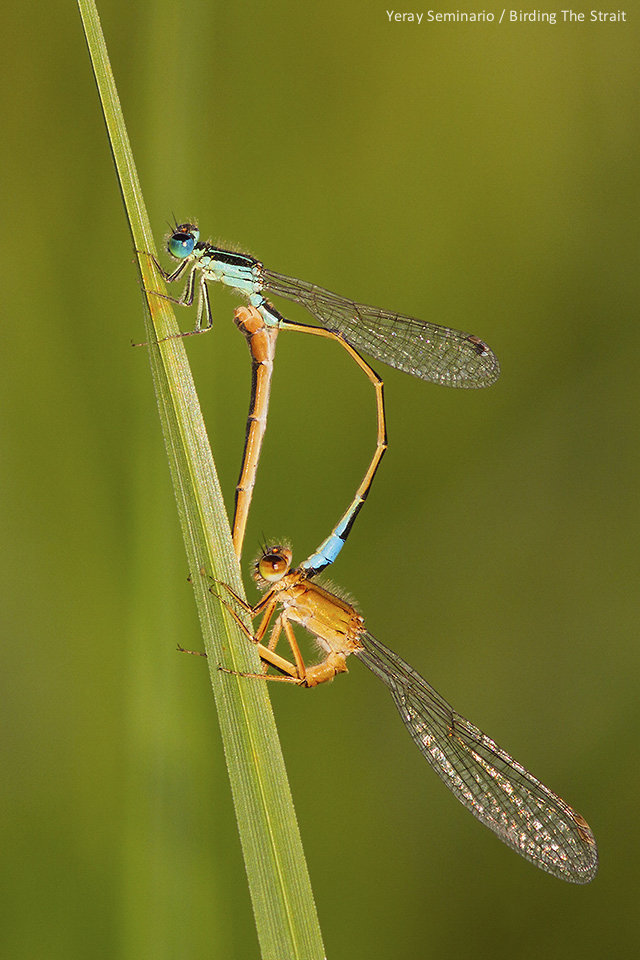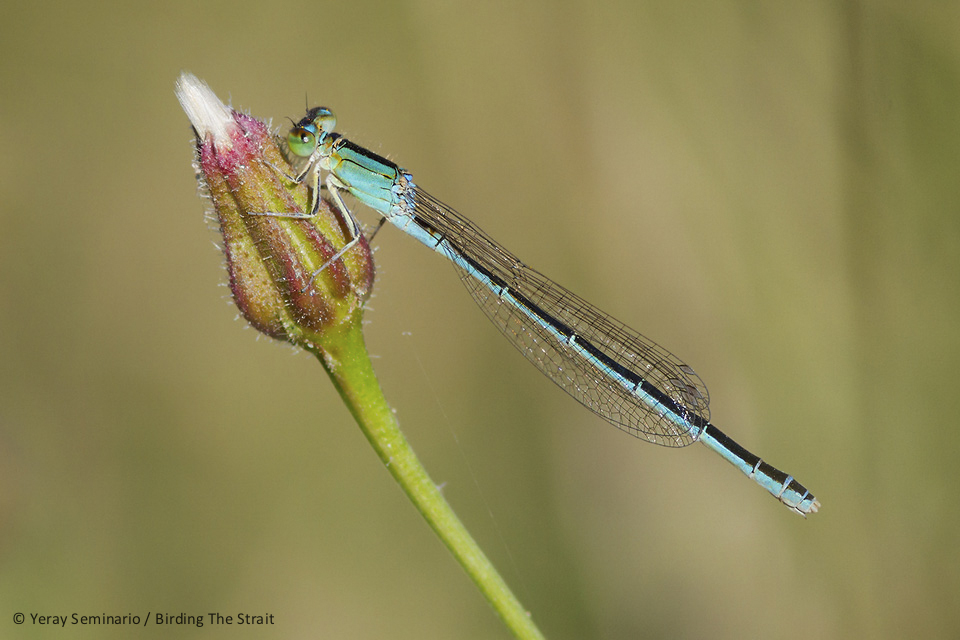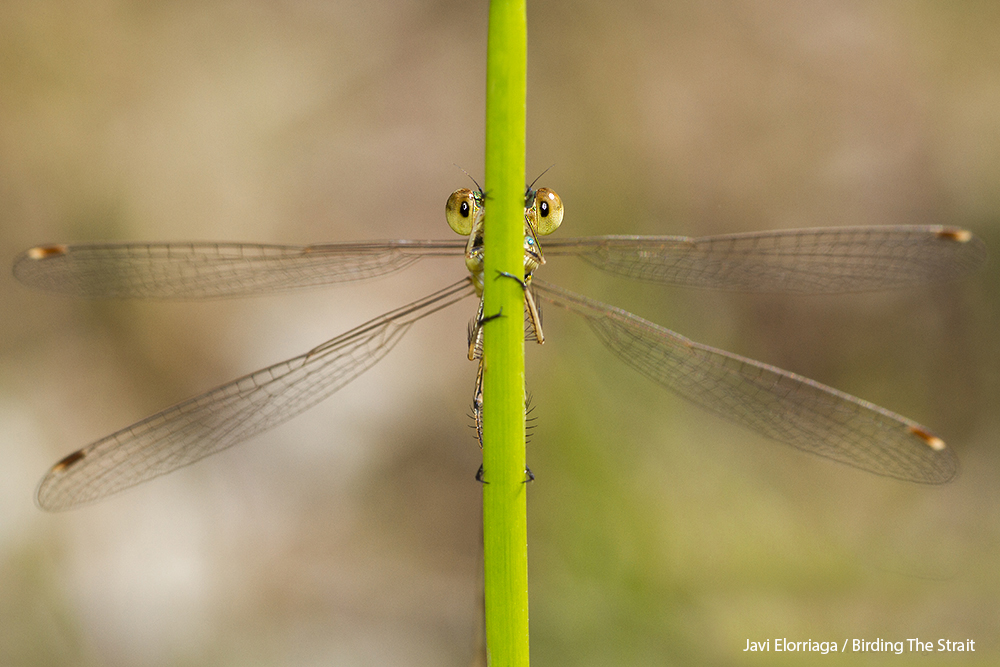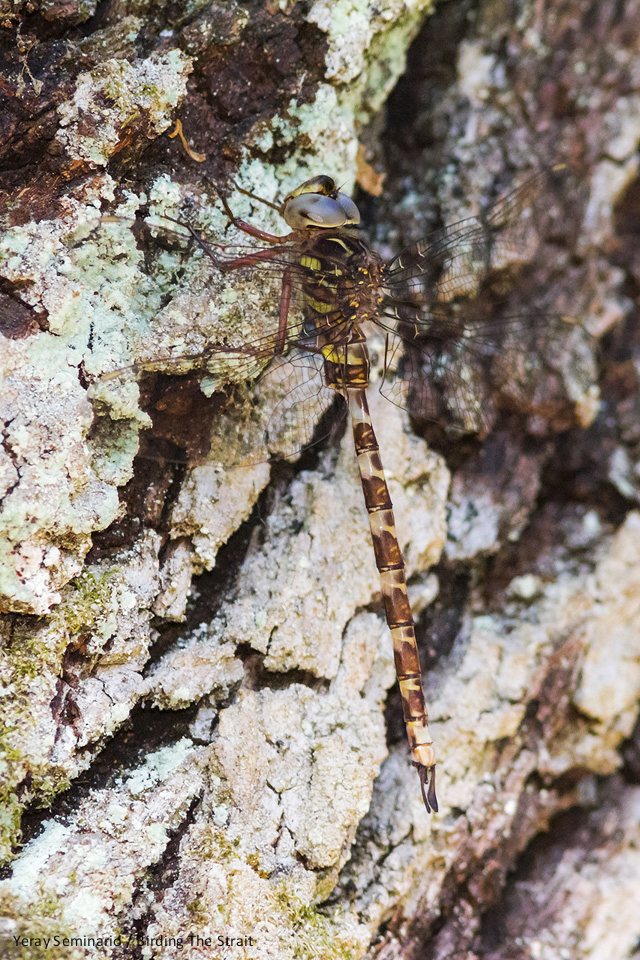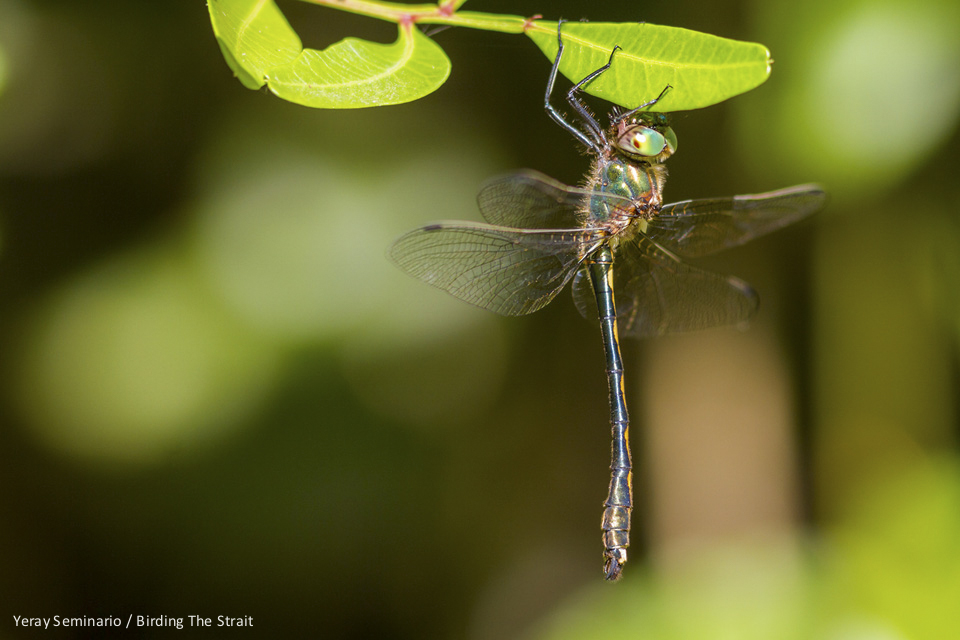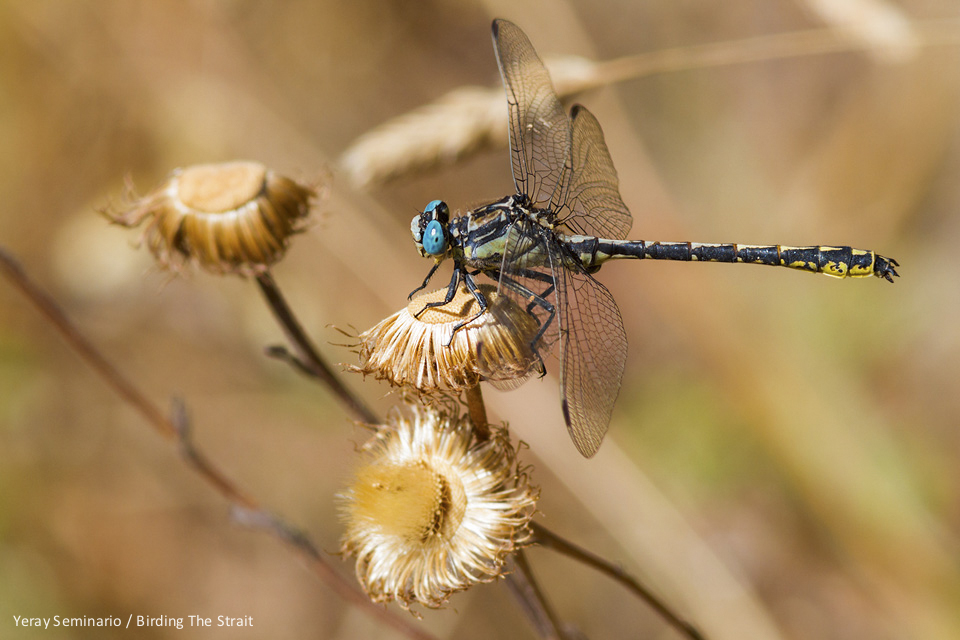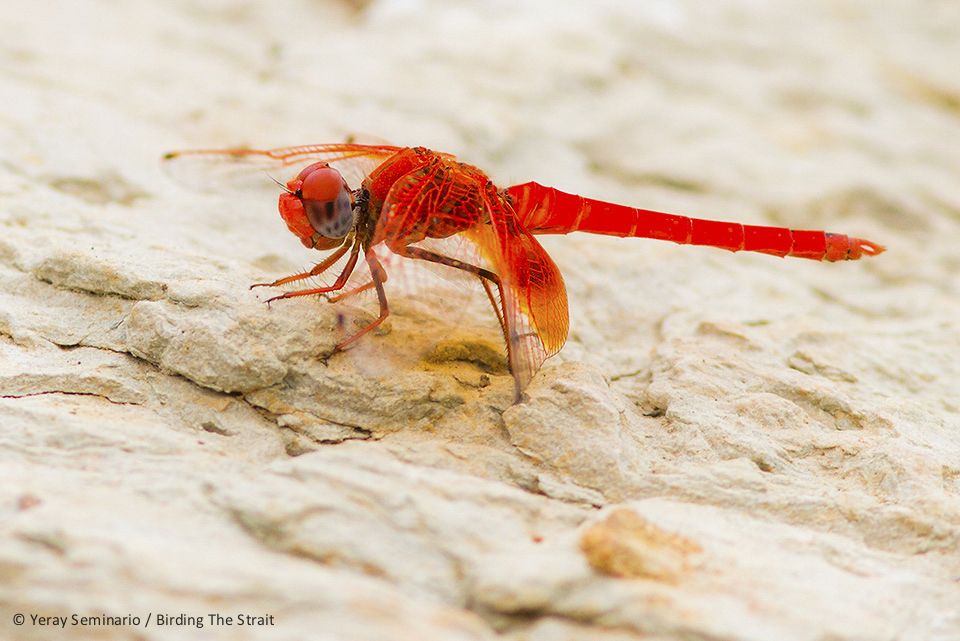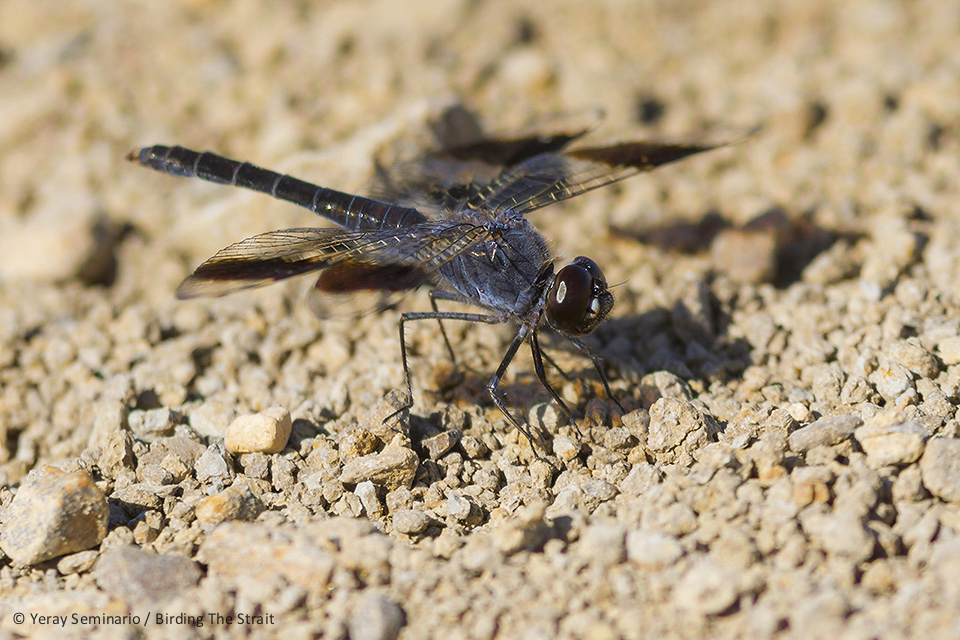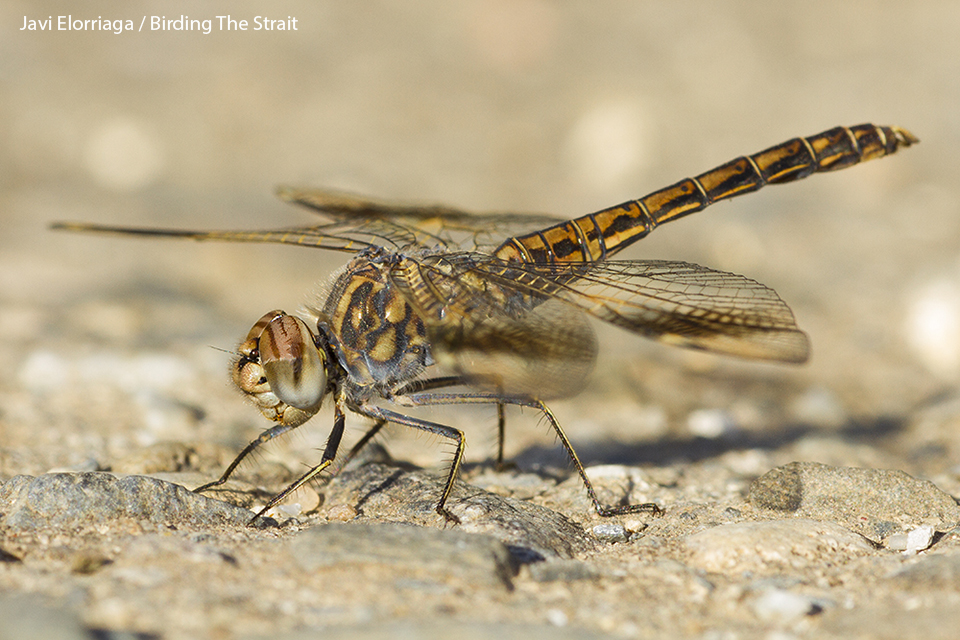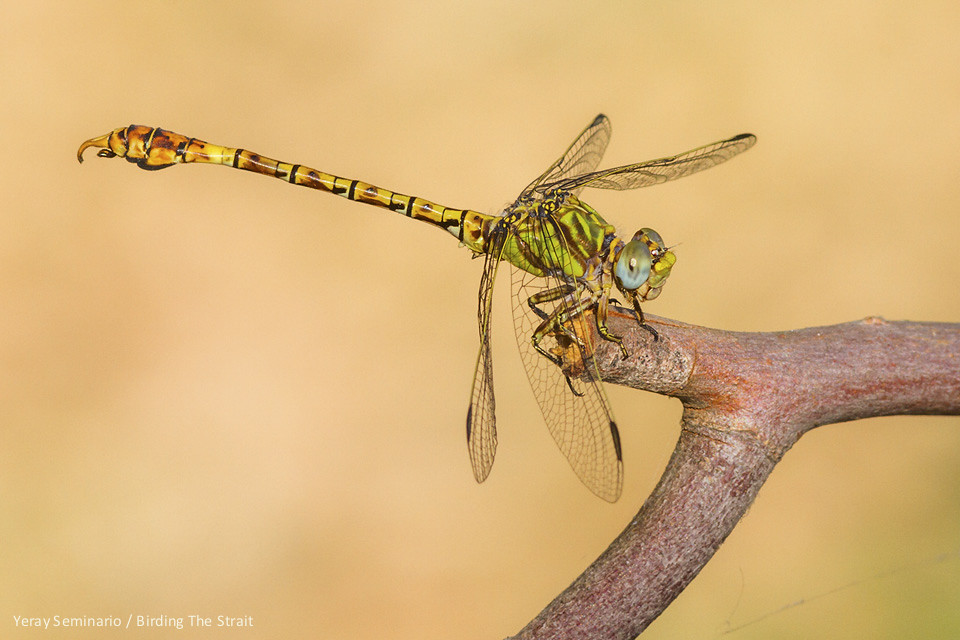
July is popularly known for being a “slow month” within the birding community. This rule doesn’t apply everywhere though, and the Strait of Gibraltar is fortunate to have all-year round migration and great birding in summer. These days we have had birding sessions that include Northern Bald Ibis Spanish Imperial and Bonelli’s Eagle, Black-winged Kite, Isabelline Warbler and Rufous-tailed Scrub-Robin, to name a very few. Add to that the experience of seeing the first flocks with hundreds of White Storks and Black Kites and July doesn’t sound too bad!
July and August are also some the best months to catch up with dragonflies and other insects as well. Here we can find some of the scarcest and most restricted species of the continent. We dedicate a good amount of time to look for them and enjoy photographing them these days.
The Green Hooktail (Paragomphus genei), like the one above, is one of the most sought after species in Andalucia, known to be only in a few locations. Males of this species are certainly unique in their appearance, with their long and slender upper appendages, curved in the shape of a hook, giving this dragonfly its name.
Here we show you some the fine species that can be found in our region. If you want to know more about dedicated trips for dragonflies, check out this link.
Have a great dragonfly season!
